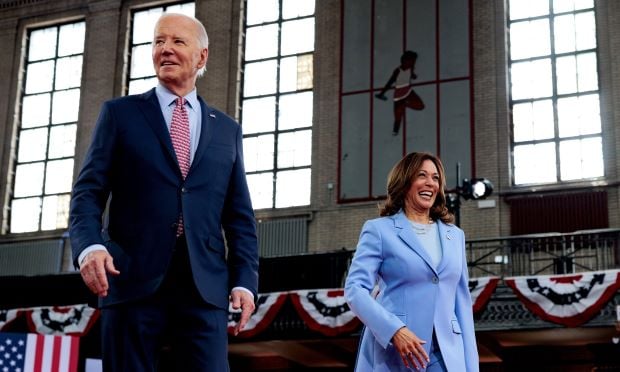It may seem odd, but mobile apps that allow employees toaccess their earnings every day instead ofhaving to wait for payday are turning out to be helpful in reducing turnover.
The Society for Human Resource Management reports that the apps, which allow workers to access half thepay they earn in a day as a way to cover unexpected expenses and avoid pricey paydayloans, are useful to companies in attracting and keeping employeesin high-turnover jobs.
With the apps, pay is typically downloaded to debit cards, andtaxes are deducted when workers get their final biweekly or weeklypaycheck. For those using payday apps, most workers take onlyan average of $27 per early access to their money; in addition,it’s not something they do every day—maybe an average of two tothree times per pay period.
Continue Reading for Free
Register and gain access to:
- Breaking benefits news and analysis, on-site and via our newsletters and custom alerts
- Educational webcasts, white papers, and ebooks from industry thought leaders
- Critical converage of the property casualty insurance and financial advisory markets on our other ALM sites, PropertyCasualty360 and ThinkAdvisor
Already have an account? Sign In Now
© 2024 ALM Global, LLC, All Rights Reserved. Request academic re-use from www.copyright.com. All other uses, submit a request to [email protected]. For more information visit Asset & Logo Licensing.








